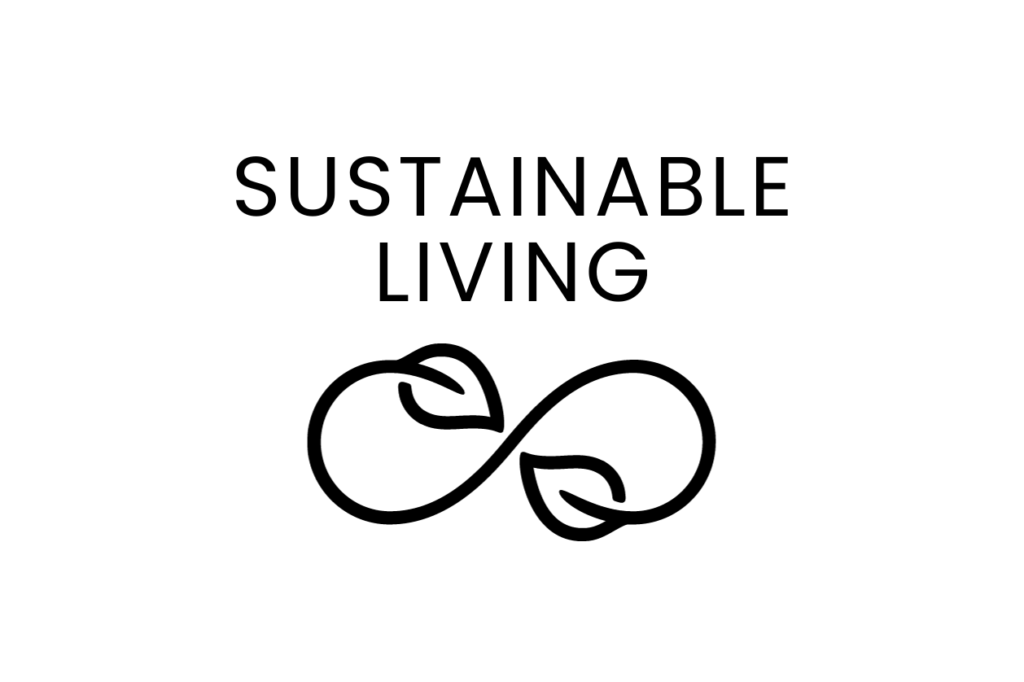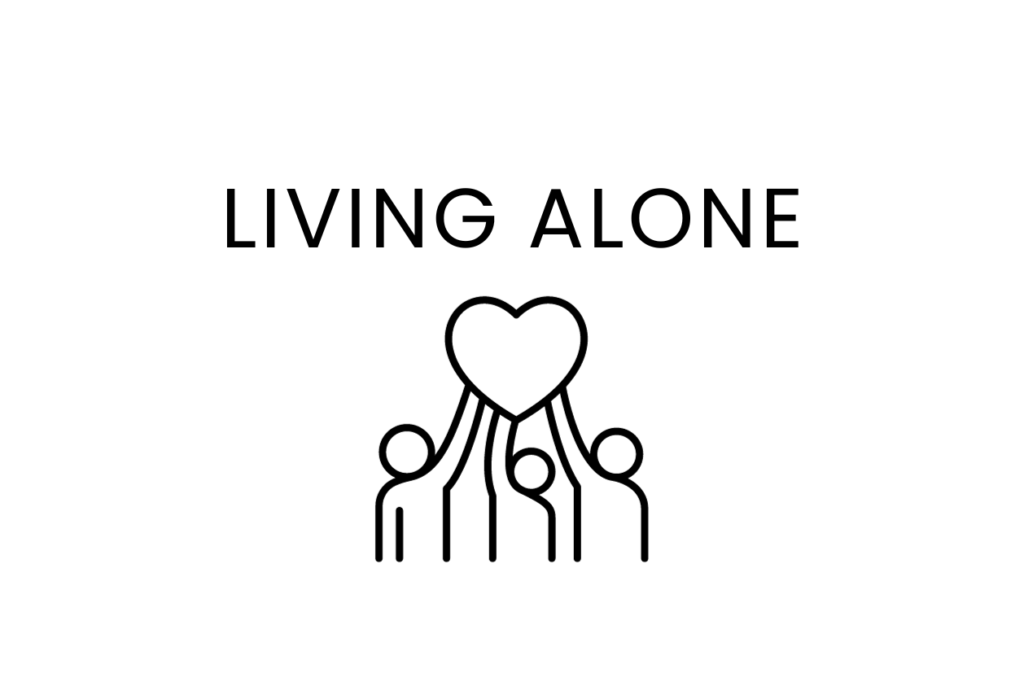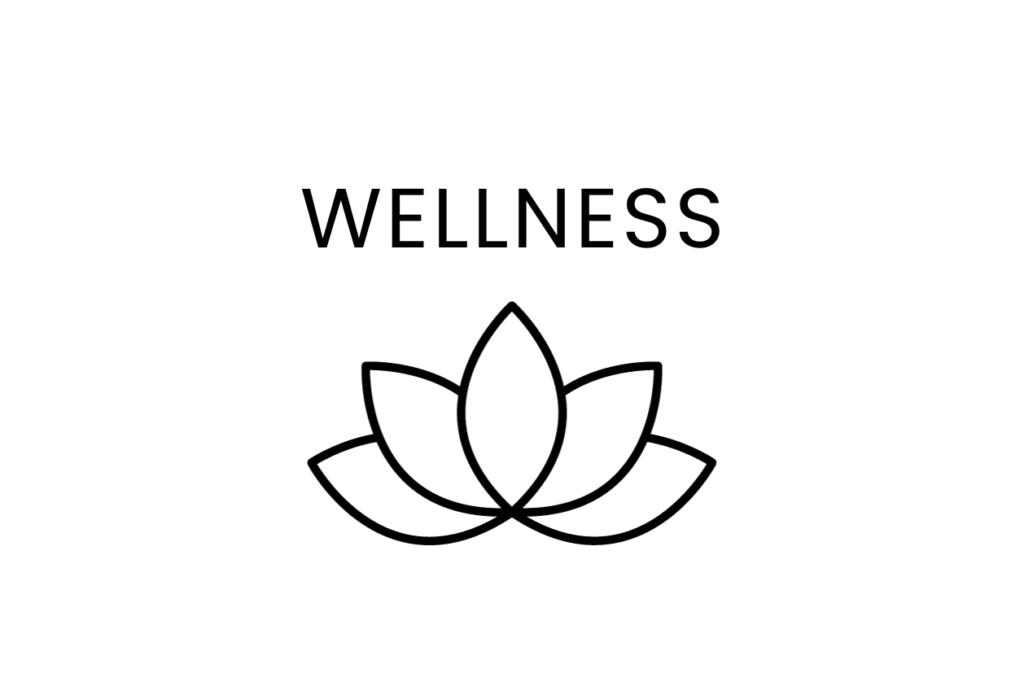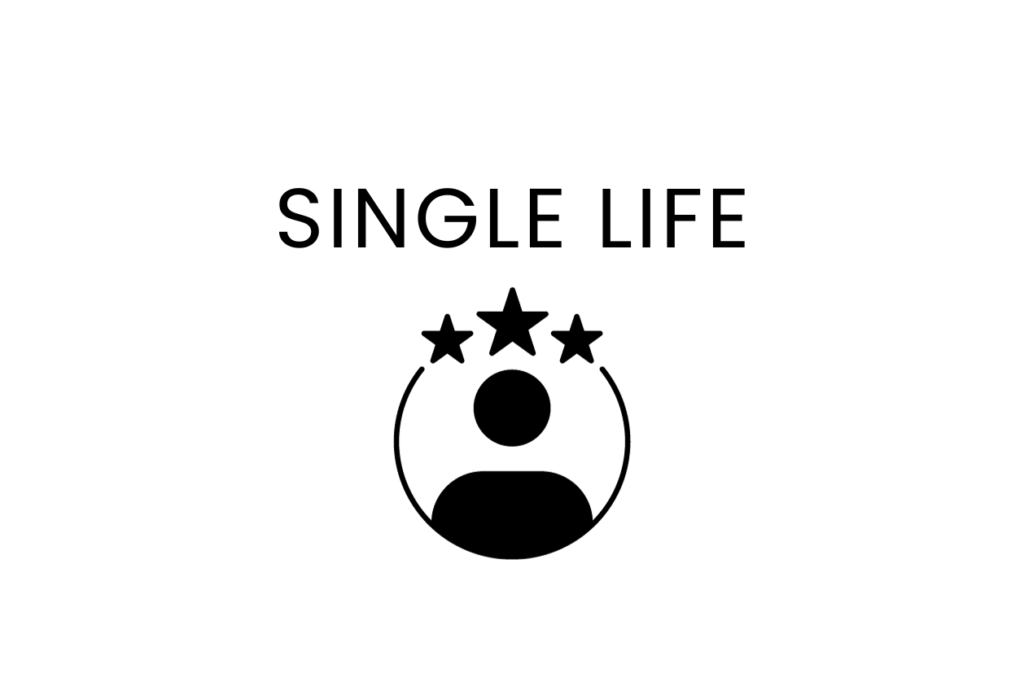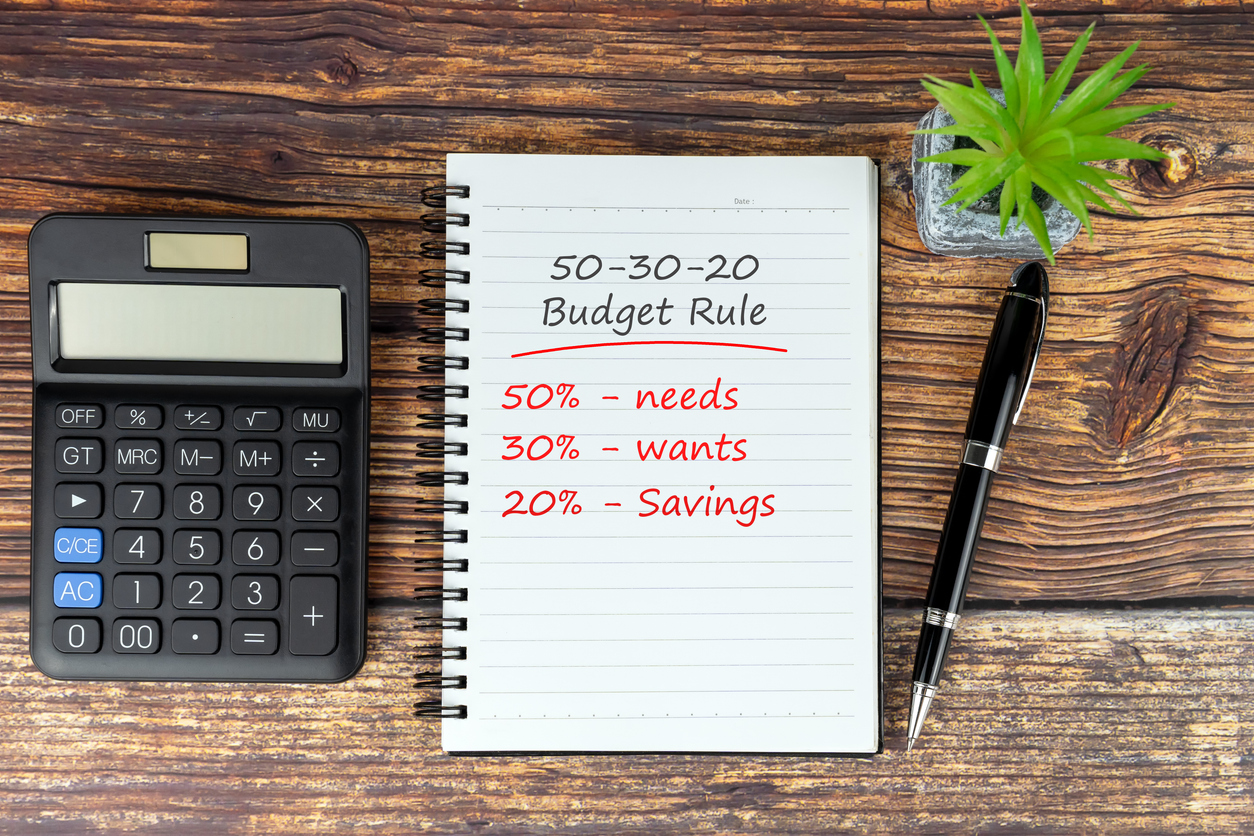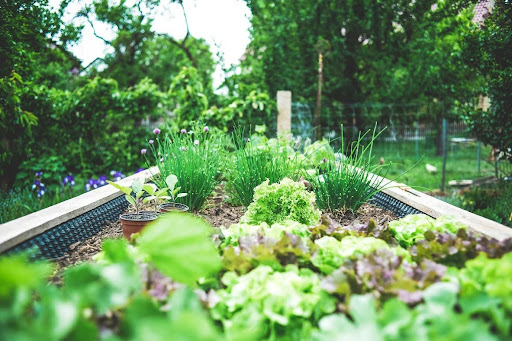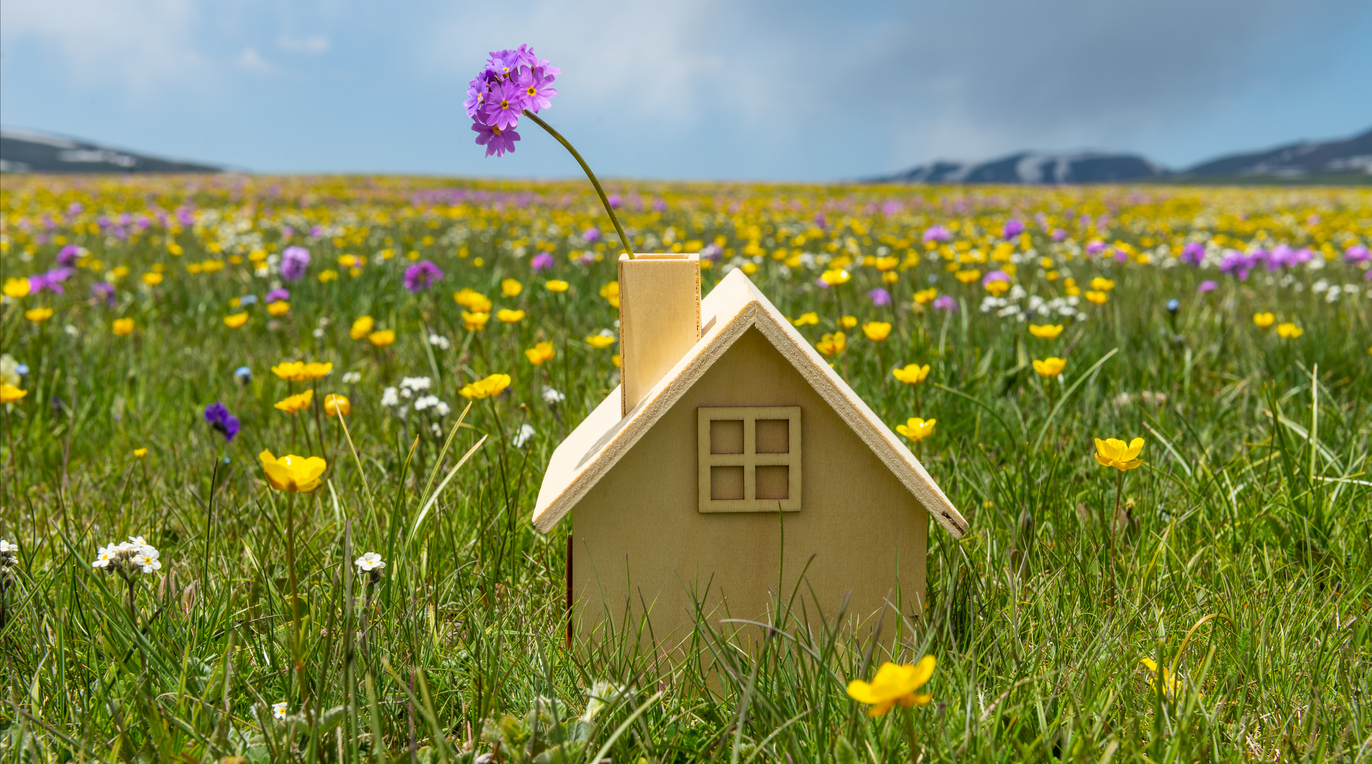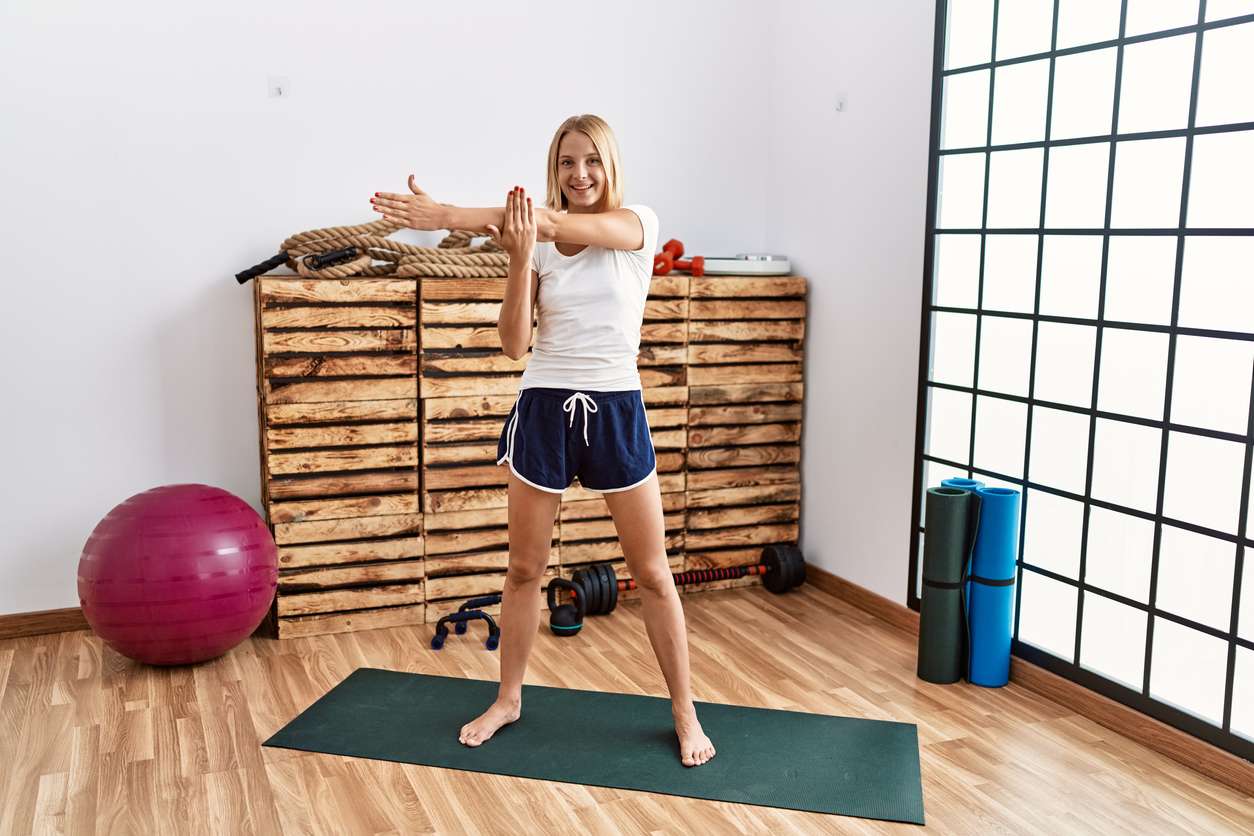As the nights draw in and the weather cools, it’s easy to start feeling lethargic, stressed, and downright blue about life. That means it’s Seasonal Affective Disorder (SAD) time. It’s a lot more common than you think – three people out of every 100 in the UK are estimated to experience it in their lives, so knowing easy ways to tackle the symptoms is likely to come in handy. Let’s take a look at:
- What is Seasonal Affective Disorder?
- 3 tips to tackle the symptoms
- Seeking professional help
3 Tips To Help You Break Free From Seasonal Affective Disorder (SAD)
Wellness | 22nd October 2021 by Debbie Woodliffe
Debbie, on behalf of Best Price Beds, shares three tips on breaking free from Seasonal Affective Disorder.

As the nights draw in and the weather cools, it’s easy to start feeling lethargic, stressed, and downright blue about life. That means it’s Seasonal Affective Disorder (SAD) time. It’s a lot more common than you think – three people out of every 100 in the UK are estimated to experience it in their lives, so knowing easy ways to tackle the symptoms is likely to come in handy. Let’s take a look at:
- What is Seasonal Affective Disorder?
- 3 tips to tackle the symptoms
- Seeking professional help
It can be debilitating and affect your everyday life, but SAD can be easy to manage if you have the right tools…
What is Seasonal Affective Disorder (SAD)?
The NHS calls SAD “A type of depression that comes and goes in a seasonal pattern”, that’s why a more common name for it is winter depression. The cause is less well known, but most agree it has to do with the reduced level of sunlight in the autumn and winter months and your body’s increased melatonin production.
Let’s break it down: You’ve probably heard about your body’s internal clock or Circadian Rhythm. This clock is tied to the sunlight – when it’s light outside, your body wakes up, and when it’s dark, your body generates melatonin to make you sleepy. In wintertime, there is less sunlight than in spring or summer, and that tricks your body into thinking it’s night and time to produce more sleep-inducing melatonin.
The lack of light can also impact your serotonin levels. Serotonin is another natural hormone sometimes called ‘the happy neurotransmitter’ as it affects your moods and mental health. Exposure to sunlight can reduce the reuptake of serotonin, allowing the happy hormone to run free through your body for longer. Ergo, less sunlight means less Serotonin and lower moods.
If you feel blue in the autumn and winter but feel better in spring and summer, you do likely have SAD. However, if you feel blue all year-round, it’s probably a good idea to see a doctor as you may be experiencing a more serious form of depression.
3 tips to tackle the symptoms of SAD
SAD has a range of symptoms, and you may only experience a few of them, so let’s take a look at the most common symptoms:
- Feeling despair or guilt for no reason
- Loss of interest in everyday things
- Feeling low-energy and lethargic
- Feeling low and irritated
- Struggling to get out of bed in the morning
- Wanting to each carb-rich comfort foods
If you think you might have SAD, then it might be a good idea to plan a trip to the doctor, but in the meantime, you may want to see if you can make a difference by yourself with these simple life adjustments:
Tip Number 1: Step out into the sun
As reduced exposure to sunlight is commonly thought to be the cause of SAD, getting out and about while the sun is still shining seems like a natural way to help, right?
It might be hard to find the motivation to get up and go, but it will do you good. So, why not pop on your earphones and listen to your favourite audiobook or podcast on a nice long solo walk through the park? Or maybe meet a friend for lunch and eat outside if the weather obliges?
Equally, if you can’t face the outside world, then just sitting by a sunny window for 30 minutes or more can help.
When you do see your doctor, they may recommend light therapy as an option to help. This is completed using a SAD lamp which is usually a small light with bright bulbs of at least 10,000 lux which are said to replicate sunlight. You won’t need to sit with it lit up all the time (up to an hour a day will help), but they’re not ideal for everyone, so please check with a professional before purchasing.
Tip Number 2: Improve your sleep hygiene
We’ve all experienced a bad night’s sleep and know how it can affect your whole day and mood. It’s all to do with your body not being able to rest and recover from the day. You can find loads of information online about what happens when we sleep, but a bad night’s rest basically means nothing will work as it ideally should. Your mood will plummet, and your mental facilities will be slower with reduced functionality.
To encourage a good night’s sleep, aim for good sleep hygiene:
- Have a set sleep schedule and routine
- Make sure your pillows and mattress are comfortable and supportive
- Keep the room at an optimal temperature of around 18°C
- Avoid late-night eating and caffeine
- Steer clear of ‘blue’ light from mobile devices for at least an hour before going to bed
- Ensure the room is dark
Tip Number 3: Break a sweat
You may not feel like it, but exercise is all-around good for you. It can help expose you to sunlight which will help your serotonin levels, circadian rhythm, and prevent you from piling any pounds on with your carbohydrate cravings. Plus, exercise helps increase the levels of mood-lifting endorphins in your body too.
If you’re struggling, start small with a walk or by pottering around in your garden for a while. Then, when you’re ready, move on to bigger things.
Seeking professional help
After seeing your doctor, they may recommend additional treatment options outside of what you can do yourself. It all depends on the level of SAD you’re coping with and what best suits you.
Some options your doctor may suggest include:
- Cognitive behavioural therapy (CBT) – This is more often used to help treat depression rather than SAD, but it can help you recognise (and learn to manage) negative thought patterns and disruptive behaviour that often contribute to low moods
- Counselling – while it may not seem like a deep-down personal problem is the cause of your SAD, it could be making it worse and more difficult for you to cope. Talking through your issues with someone may help uncover if that’s happening.
- Medication – antidepressants can help you manage the symptoms of depression by increasing your serotonin levels, but they can’t cure it. These are more typically used in severe cases of SAD where other methods haven’t helped.
Seasonal Affective Disorder can sneak up on you at any time, but it can be helped with small life changes. So, no matter how much you want to stay in your comfy home doing what you like most, try to get out and about where you can and spend time making sure your mental health is okay in the winter months.
Share this post:
Hear from Solo Living now and then by signing up to our mailing list






